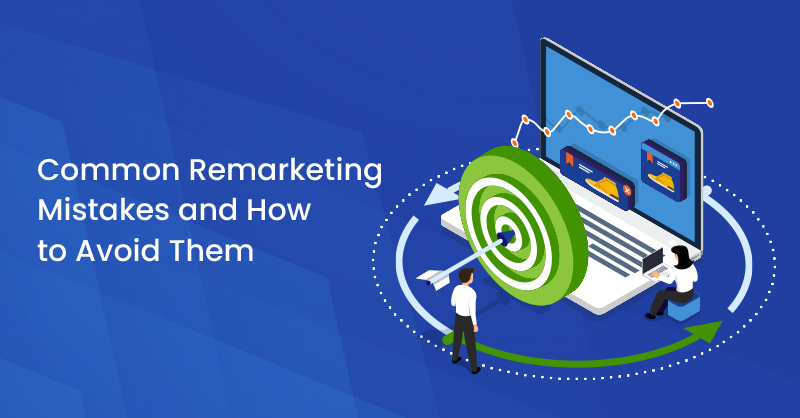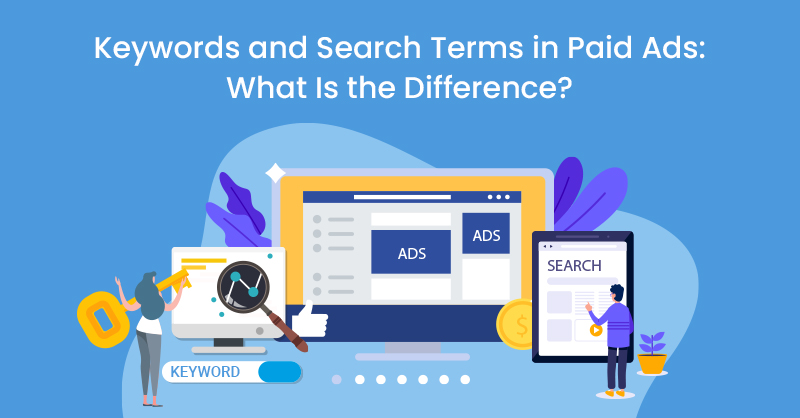Remarketing is a primary strategy in Pay-Per-Click (PPC) advertising. A specific demographic or audience segment determined by previous user online action or behaviour is targeted (or avoided) for remarketing ads.
If done correctly, remarketing often increases ad engagement and sales quite effectively. While promising, remarketing is not without risk. To help minimize any such risk, we have outlined five common mistakes digital marketers often make with remarketing ads.
Cookie-based Remarketing
Remarketing toward your target audience segments who've previously spent time on your site is a common exercise that digital marketers have engaged in for many years.
However, this method is based on third-party cookies, which are currently being phased out. This is due to incomplete information on site traffic that may lead us to send incorrect or irrelevant marketing ad messages to the wrong users.
When using remarketing campaigns for your ads, it is often regarded as better to apply purchaser lists or different lists primarily based on first-party information. First-party information is any personal data that a user has consented to share to help you track their online movements.
This can encompass first-touch info such as the consumer’s email address, smartphone number, etc., on-web page behaviour, and different information which you secured via the consumer’s consent.

Almost all online advertising platforms like Google, Facebook, Instagram, Bing, LinkedIn, Twitter, etc. permit digital marketers to upload/sync their lists of purchasers’ emails and/or smartphone numbers.
This fashion of remarketing (whether it is to include or exclude target user segments) makes use of first-party information to assist digital marketers in the development of relevant marketing messages to their target audiences.
Such lists may be used to remarket towards audiences, or used to discover Similar/Lookalike Audiences.
Refusal to Give Up Control
Effective tools for prospecting new potential customers online with your ad targeting are Similar Audiences (utilized in Google remarketing) and Lookalike Audiences (utilized in Facebook/Instagram remarketing).
These tools monitor users who display particular online behaviours and use them to locate new similar audiences.
When Google first introduced Similar Audiences to its digital advertisers, there was a worry that the new feature would be wasteful. Digital advertisers typically enjoy having full control over their ad targeting efforts and giving the algorithm “loose reign” in controlling online audience targeting could appear to be a bit scary for some.
Yet, Similar Audiences and Lookalike Audiences features regularly outperform direct remarketing efforts.
It is crucial for all digital marketers using these audience targeting tools to note that both both features will only be as strong as the initial audience target list used to find the new target audiences by the algorithm for remarketing.
Under-Excluding Users on your Target List
We often see that while using remarketing campaigns, practices like audience exclusions are an underutilized tactic. Setting your target exclusions in your remarketing campaigns allows for the exclusion of terrible key phrases, geo-locations and particular audience demographics.
Absolutely no one held within the excluded target market will be eligible to see your ad.
For example, if you are marketing for interior design services, searches for business and home renovation services may be nearly identical (despite the cost for products and/or services being considerably different than yours).
By excluding a particular identified audience from your list, you can shield your ad spend from irrelevant users and make sure your true targeted users get sufficient exposure to your ads.
Operating Separately from SEO
Perhaps one of the most important advantages of linking Google Analytics on your Google Ads account is the capability of syncing audiences. Using Google Analytics, digital marketers can discover why some users did not convert.
From there, they can develop solutions to aid further conversions, allocate ad budgets for audience segments that traditionally convert better or worse than other audience segments, and leverage different analytics segments in remarketing efforts focused on creative.

You should work closely with your Search Engine Optimization (SEO) providers to apprehend which audience segments they would identify as beneficial for future ad targeting and which audience segments they would recommend excluding from your remarketing efforts.
Online ad campaigns are normally capable of getting quantity traffic quickly, so if your marketing team wishes to run an A/B test, or if there is an interest in seeing the user reaction/behaviour to a particular web design layout, Google Analytics audience segments can assist your collaborative efforts.
Forgetting to Use Nuances in your Ad Copy
Having innovative ads means your ads need to be enticing and encourage worthwhile consumer action constantly. Good ads become brilliant ads when they focus on unique target audiences who are prime to perform a specific action.
By using pre-existing consumer lists to target specific audiences, you also control your ad’s messaging. Analyzing and determining if a particular target audience segment uses one variant of a term or another can help you ensure your marketing message is as relevant as it can possibly be to your target audience.
It is best to speak the same language as your target audience.
When targeting an audience (either with a native audience or remarketing) with your ads, it is recommended to ensure that you are as accurate as possible.
For example, if your ads were to target car owners (without specifying the type of car), you would risk exposing your advertisement to irrelevant users.
When using remarketing strategies, it is important to use ad copy and creativity that speaks to the initial customer list you developed your remarketing list from, ensuring you retain the nuances that appealed so well to your initial customer list in the first place.
Conclusion
Using a remarketing strategy with your online ads is an effective method in digital marketing and could yield great end results whilst grounded in first-party statistics and collaborative online advertising campaigns.
We hope you have gained a good understanding of some of the most common errors to avoid while using remarketing strategies for your online ads.
Using remarketing strategies allow for stronger online ads that will better seize your target audience’s attention, enhance conversions, and develop your online brand.






